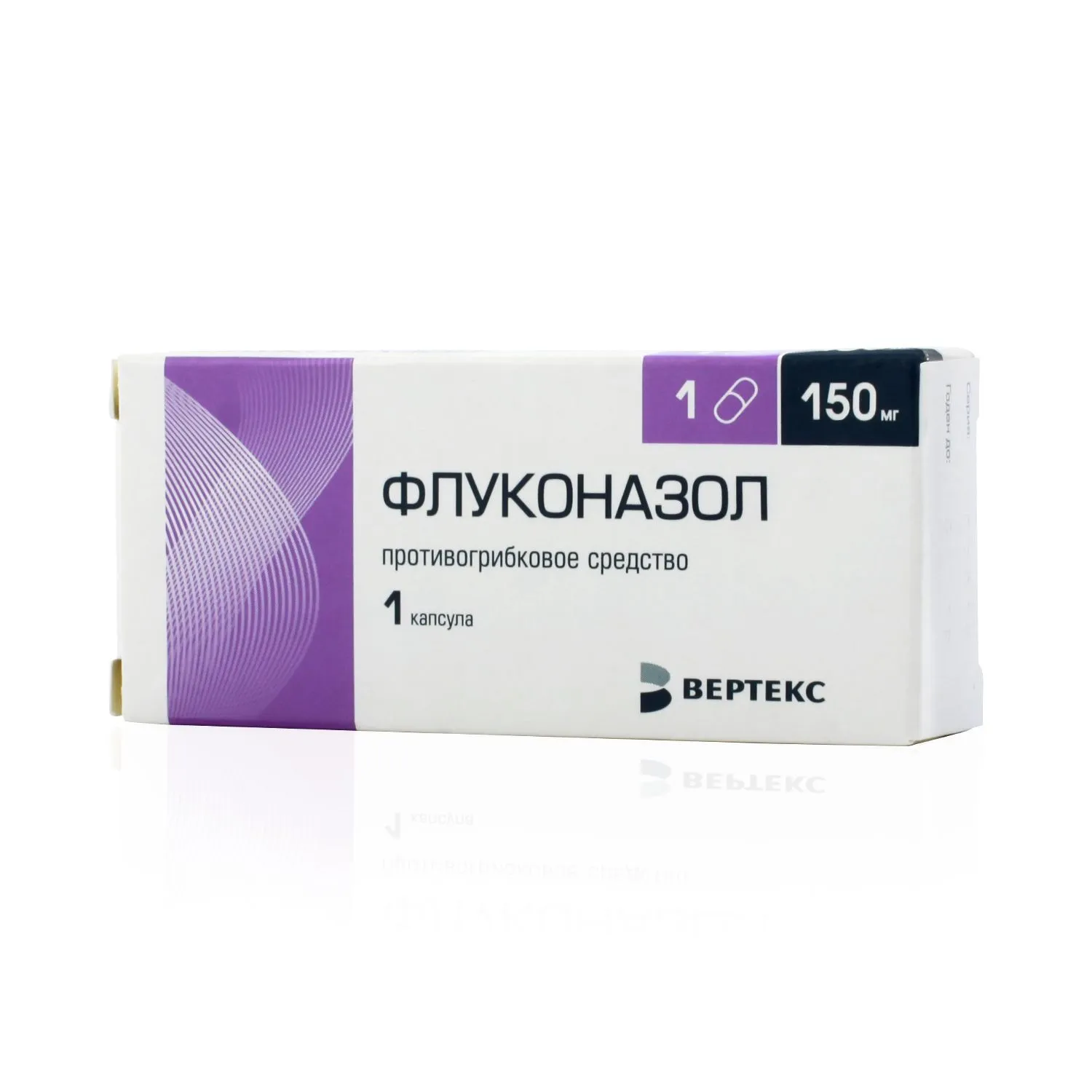Description
Fluconazol (Fluconazole) Solution for Infusions 200 mg/100 ml. 100 ml. №1
Ingredients:
Each 100 ml of solution contains 200 mg of Fluconazole.
Dosage:
The recommended dosage is determined by the treating physician based on the specific condition being treated. It is usually administered intravenously over a period of 30 minutes to 2 hours.
Indications:
Fluconazol solution is indicated for the treatment of various fungal infections, including candidiasis, cryptococcal meningitis, and others. It is effective against a wide range of fungal species.
Contraindications:
Do not use Fluconazol solution if you are allergic to fluconazole or other azole antifungals. It is also contraindicated in patients taking certain medications like cisapride or pimozide.
Directions:
Administer the solution as directed by a healthcare professional. Do not exceed the recommended dosage or duration of treatment. Monitor for any adverse reactions during and after infusion.
Scientific Evidence:
Fluconazole, the active ingredient in Fluconazol solution, works by inhibiting the synthesis of ergosterol, a key component of fungal cell membranes. This disrupts the fungal cell structure, leading to cell death. Studies have shown fluconazole to be highly effective in treating various fungal infections, with a favorable safety profile.
Additional Information:
Fluconazol solution for infusions is well-tolerated and has a convenient dosing regimen, making it a preferred choice for many healthcare providers. Clinical trials have demonstrated its efficacy in both the treatment and prevention of fungal infections in different patient populations. Consult with a healthcare professional for personalized treatment recommendations.
Overall, Fluconazol (fluconazole) solution for infusions 200 mg/100 ml. offers a reliable and effective option for the management of fungal infections. Its pharmacological action, supported by scientific evidence and clinical trials, underscores its importance in the antifungal armamentarium.





